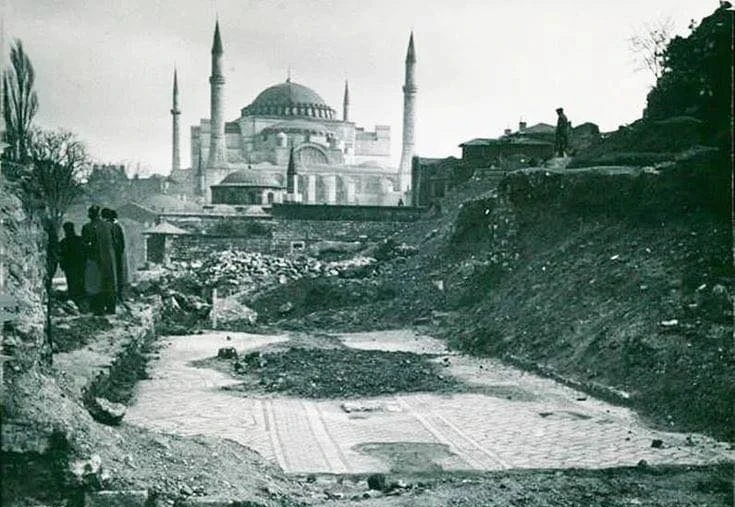Unveiling Izmir’s secrets: Hidden villages poised for tourist spotlight
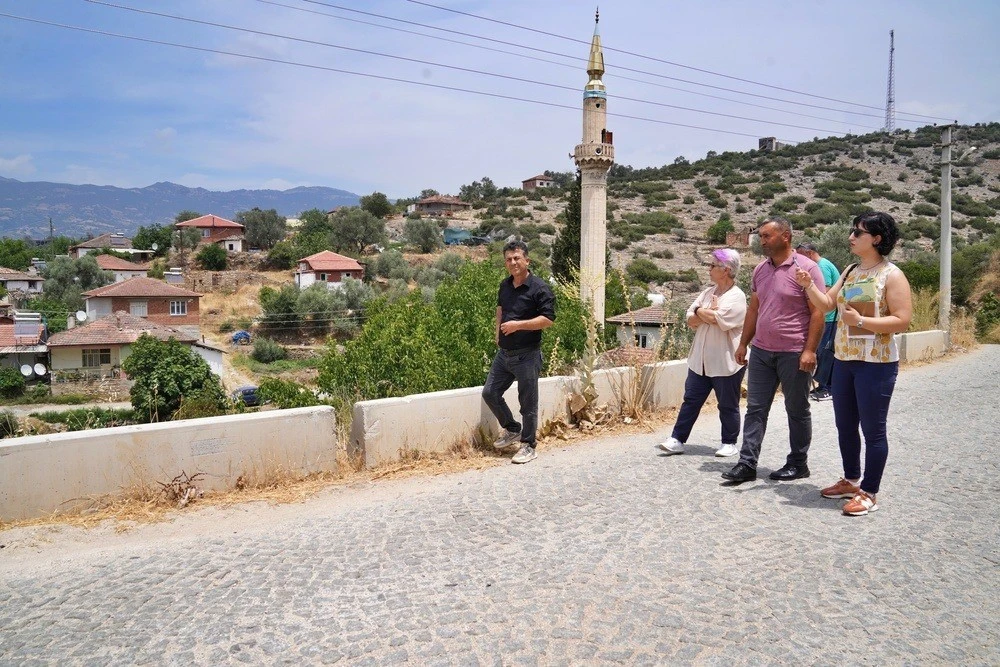 The Rural Services Department has started fieldwork with local stakeholders in Izmir, Türkiye, July 11, 2024. (IHA Photo)
The Rural Services Department has started fieldwork with local stakeholders in Izmir, Türkiye, July 11, 2024. (IHA Photo)
The newly established Rural Services Department in Izmir has begun on-site initiatives to preserve and develop rural areas.
The team is collaborating with local stakeholders to create action plans tailored to the unique characteristics of each village, addressing their specific issues while mitigating threats like construction pressure and exploitation.
Izmir’s holistic approach to rural development
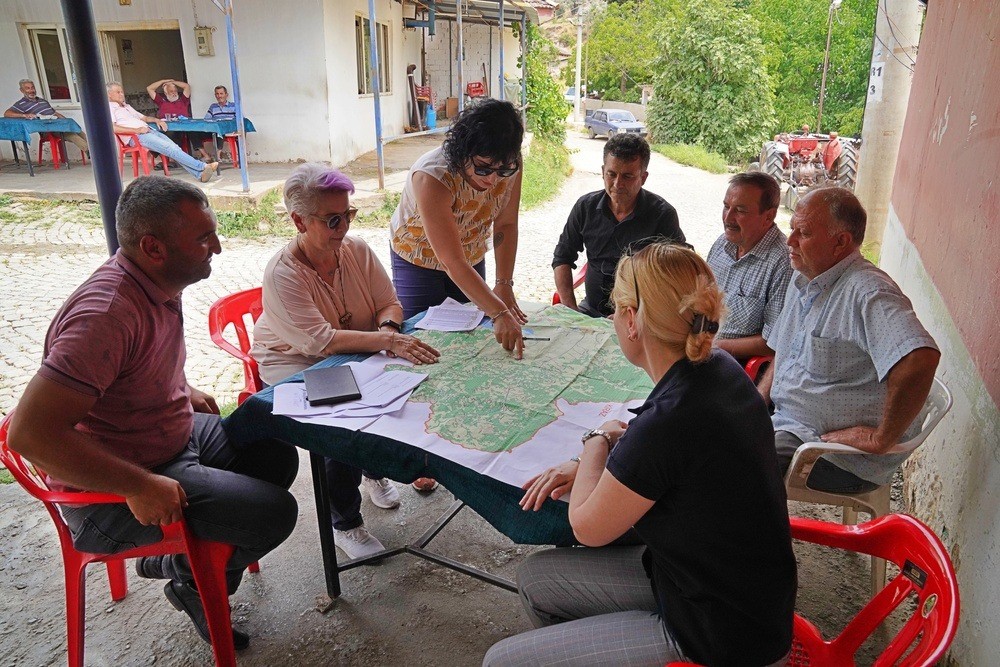
Dr. Cemil Tugay, the mayor of Izmir, initiated the Rural Services Department to ensure comprehensive rural development and preservation. The department, after completing the planning phase, has now started fieldwork across 19 districts outside the city center. This includes visits to Kiraz’s villages such as Kalekoy, Karaburc, Cayagzi, and Igdeli to identify and address their needs, issues, and natural and cultural structures.
Nehir Yuksel, head of the Rural Services Department, highlighted that the approach differs from traditional agricultural services. “Each rural area will be considered holistically, encompassing its cultural, economic, architectural and geographical dynamics. Our goal is to preserve the unique characteristics of each village while implementing effective development strategies,” she explained.
Villages will be categorized based on criteria like geography, livelihoods, historical background and agricultural products to guide development investments.
Addressing key issues in Izmir’s rural areas promptly
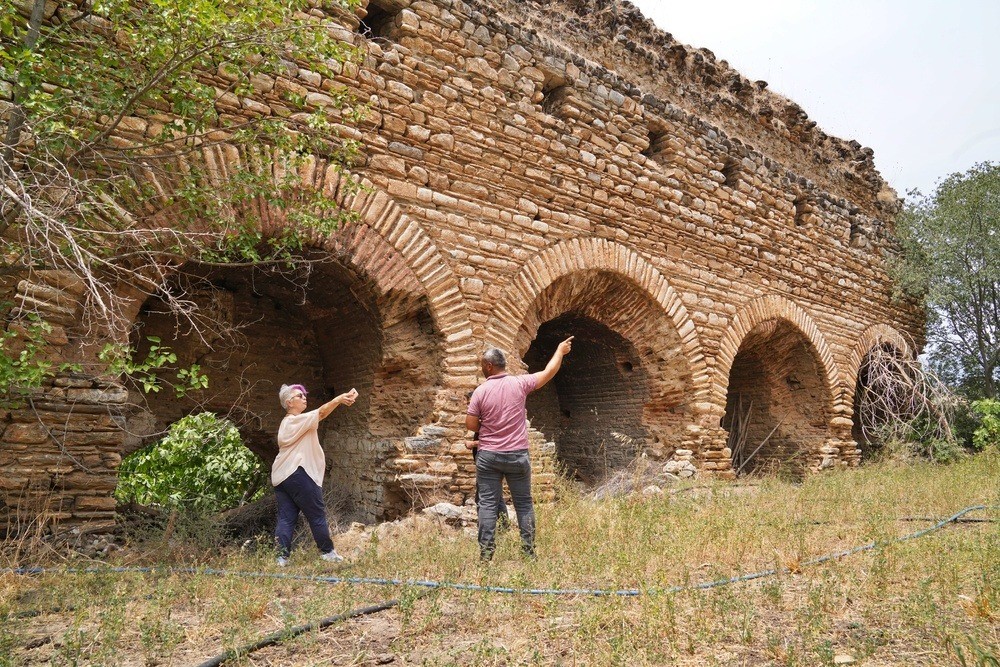
Fieldwork aims to swiftly communicate unresolved issues to relevant units for quick solutions. Key areas of focus include renewable energy site selection, preventing misuse of fertile agricultural land, combating climate change and reducing urban pressure on rural areas.
Yuksel emphasized Izmir’s pioneering role in establishing this department. “Typically, rural services in Türkiye focus more on agriculture and infrastructure. Izmir already has an Agricultural Services Department. Our new department is dedicated to rural planning and solving rural problems,” she stated.
The department also aims to develop strategies and policies to protect local architecture, natural areas and sensitive areas in the ecosystem. “Our objective includes creating and coordinating strategy and action plans for rural development, and generating information and documents related to strengthening the rural economy,” Yuksel added.
Unique village stories
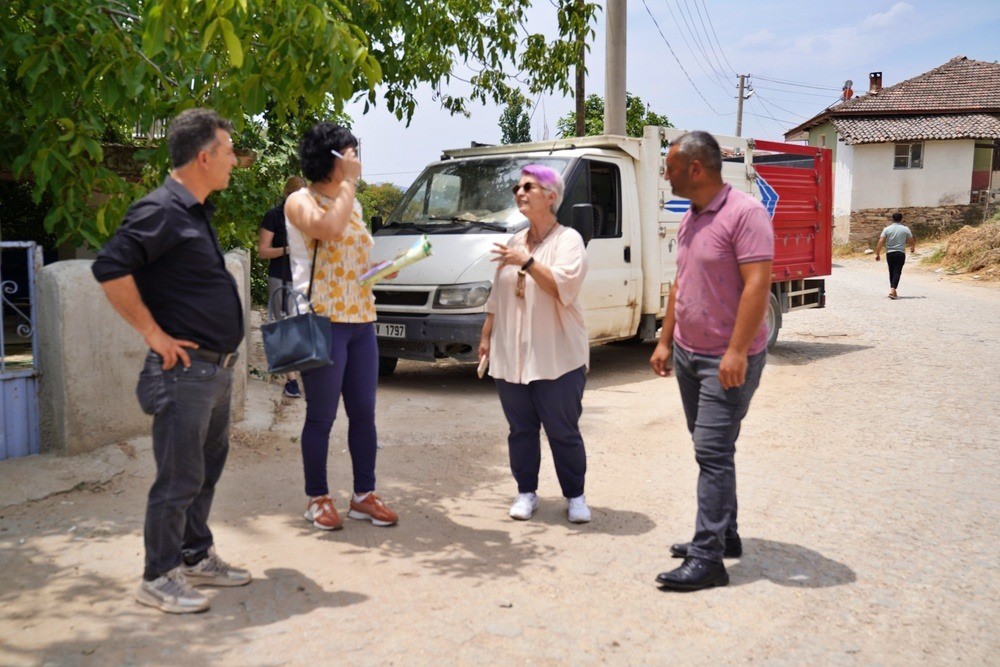
The department has started operations in 19 districts outside the city center. “We are working with municipalities to gather information and data. Our primary goal is to evaluate the issues, approaches, and threats in these 19 districts as a whole. Then, we will differentiate them based on local specifics and develop localized strategies,” Yuksel said.
Providing insight into the process, Yuksel added, “Initially, we contact district municipalities. Then, we visit each district. By visiting rural neighborhoods and villages with the district municipalities, we identify problems and conduct inventory studies. We aim to involve mukhtars, cooperatives, and district municipalities in every stage of the process.”
Yuksel emphasized the uniqueness of each village and district. “Every village and district has a unique story. For example, Urla faces significant construction pressure, while Kiraz maintains its rural character and does not receive much migration. Kiraz, with its population of 44,000, has not surpassed the 50,000 threshold to receive more funding from the Iller Bank. Each village has distinct needs and characteristics, so we aim to create specific design guidelines for each settlement. However, we want to address these settlements with a comprehensive approach in the short term,” she stated.
The department’s immediate goal is to create a comprehensive strategy and action plan that identifies the unique problems of all rural areas. “We aim to develop a guide that both the Metropolitan Municipality and district municipalities can use,” Yuksel explained.
Preservation of Izmir’s surrounding areas and sustainable development
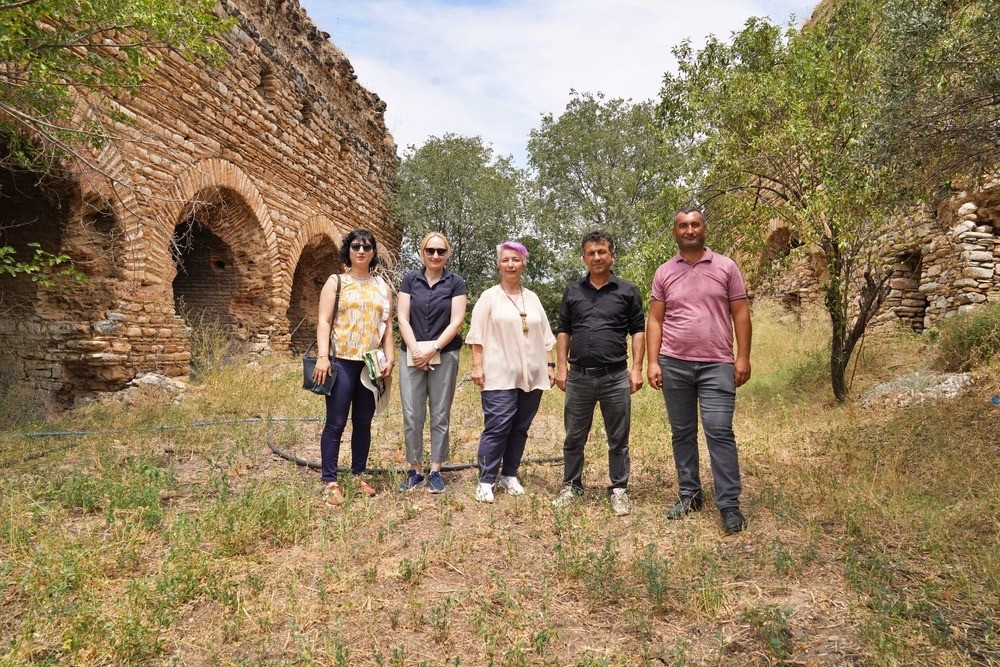
Yuksel provided examples to illustrate the department’s goals. “The structure of Urla’s Barbaros Village consists of stone buildings. However, we see facades and materials that are inconsistent with the original texture. Our aim is to set criteria that locals can quickly access, such as the size of windows and the ratio of openings, voids, and materials on facades. We will create a reference database and pass this information on to future generations,” she said.
Yuksel stressed that the overarching goal is to preserve and develop Izmir’s rural areas as a whole. “We have seen a significant increase in construction in rural areas, especially during and after the pandemic. This trend leads to the fragmentation of agricultural land. This is particularly evident in the villages with coastal tourism. The construction pressure has become uncontrollable and needs to be managed effectively,” she stated.
Local authorities have fully supported the initiative. Taskin Guren from the Kiraz Municipality’s Zoning Department said, “There is a significant effort to develop our villages. I am sure this will contribute greatly and enhance services. As Kiraz Municipality, we are supporting the teams from Izmir Metropolitan Municipality. We are showing them our villages and explaining the problems.”
Kiraz Kalekoy Neighborhood Mukhtar Murat Seckin expressed his satisfaction with the Metropolitan Municipality’s agricultural practices but pointed out unresolved issues. “We had issues like protected area status and drinking water. It is great that the Metropolitan Municipality is taking this step. Their visit, listening to us in person, and seeing the problems first-hand is very important. Requesting and discussing issues are different. Seeing the problems live here matters,” Seckin concluded.

